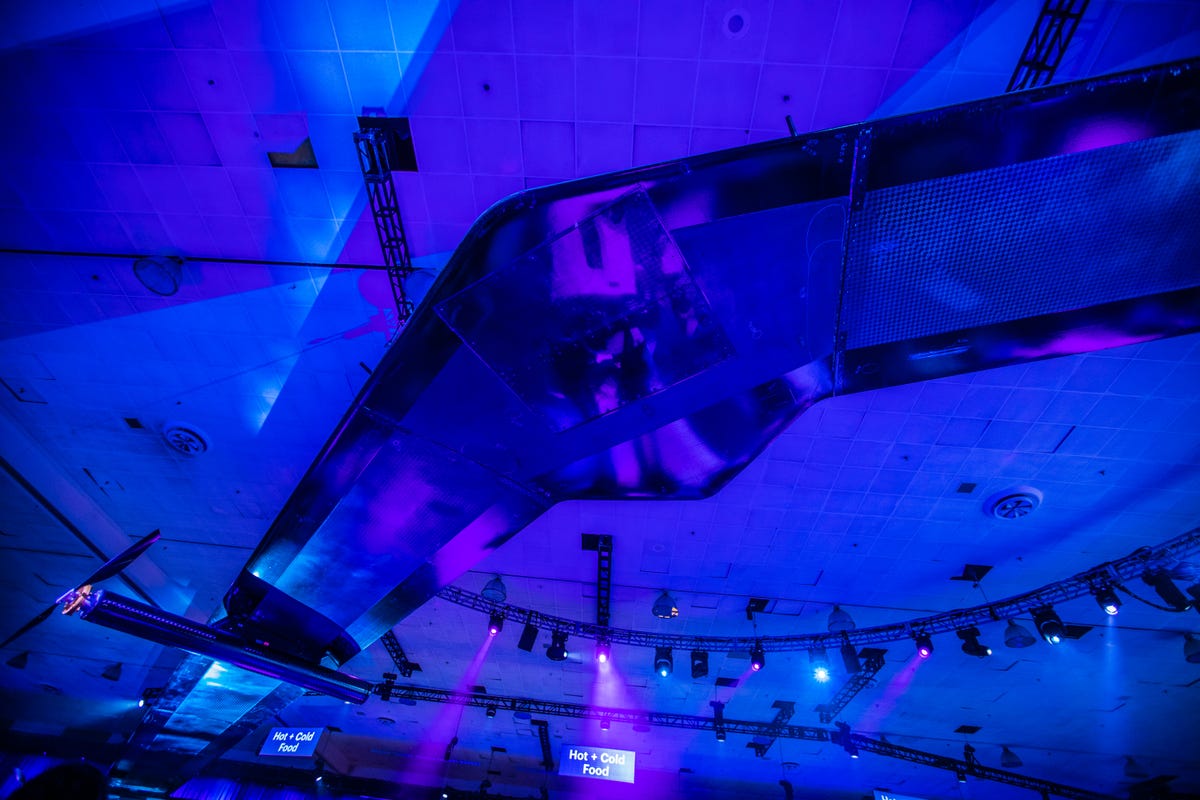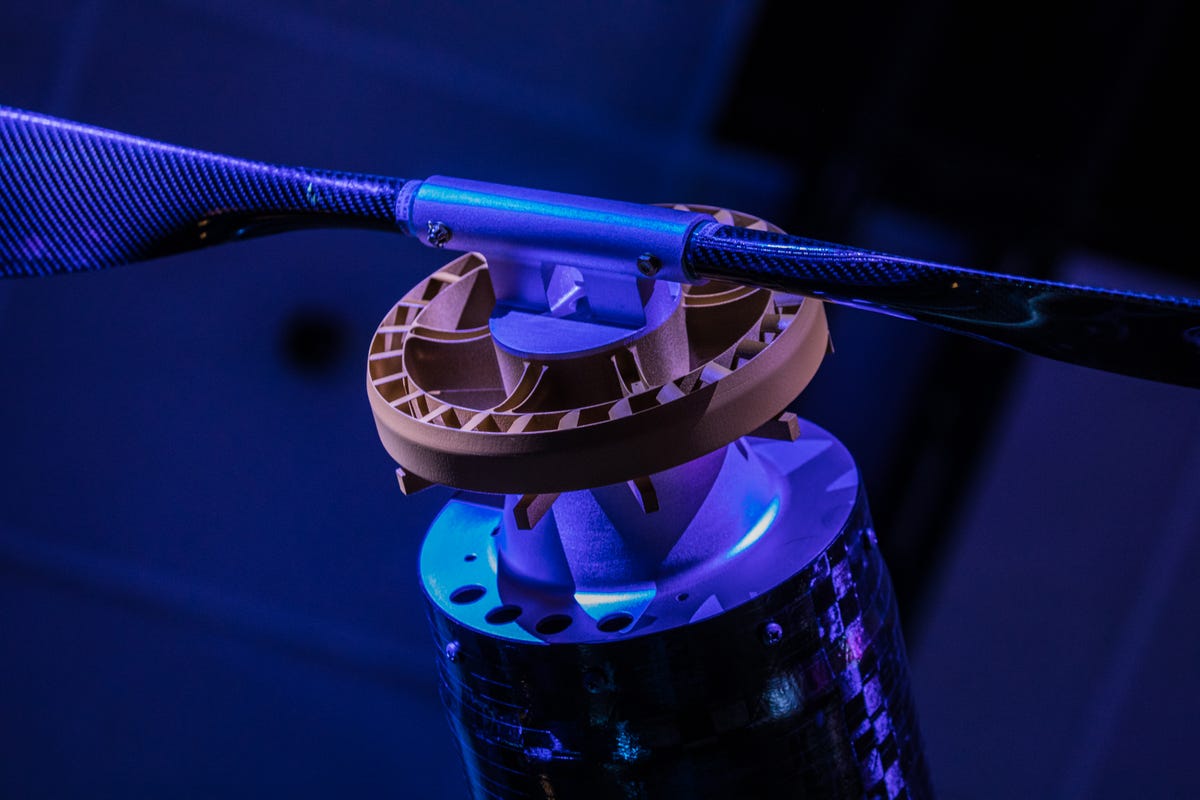Facebook's drone will beam the internet everywhere
Ultimately, radio technology combined with Facebook's drones will allow it to beam connections to the remote areas of the globe that otherwise don't have access to the internet.

Much more than "just" a drone, Facebook's high flying unmanned wing, Aquila, will eventually use radio technology to beam connections to the remote areas of the globe that otherwise don't have access to the internet.
Facebook's goal is to reach some of the 4.1 billion people who aren't already connected to the internet.
The body of the plane is made from a carbon fiber composite -- the drone measures 138 feet from wing tip to wing tip and weighs about 1,100 pounds (around 500 kilograms).
British company S4TEK manufactured the composite fiber, and Facebook says the drone needs to be made lighter still.
The solar-powered Aquila uses about 5,000 watts of power to keep its propellers, communications payload, avionics, heaters and light systems running, which is as little as about three hairdryers!
To use as little energy as possible, Aquila needs to fly as slow as possible.
At higher altitudes where the air is thinner, Aquila flies at less than 80 miles per hour (128 km/h), allowing it to stay aloft for months at a time.
The testing of laser technology to be used in Facebook's Acquila is creating incredibly fast network speeds, as described at Facebook's f8 developer conference in San Jose Wednesday.
In 2016, Facebook announced they had transmitted 20 gigabits per second over MMW (millimeter-wave) radio technology, and this week Facebook announced they have almost doubled that -- transmitting over 36 gigabits per second.
Zuckerberg says the drone's communications lasers will be able to aim beams precisely enough to hit a dime more than 11 miles away while in motion.
A close up view of the propeller housing, with components from the UK company Rockwood Composites.
About half of Aquila's mass comes from the batteries which power the drone.
Once cured, the lightweight carbon fiber composite is stronger than steel.
Facebook says Aquila will carry a communications payload that will use lasers to transfer data at speeds more than 10 times faster than existing systems.
Here we see Aquila's turned-up wingtip.
Aquila flies unmanned and is mostly self-sufficient, but it still relies on a ground crew of about a dozen engineers, pilots and technicians to operate, the company says.
Zuckerberg notes, "Takeoff and landing are automatic, since no human pilot can land in a precise location as well as software can."

This model of Aquila is revision C of the drawings, as the drone undergoes changes during production and design to optimize efficiency.
This early version was hanging in the expo hall at Facebook's f8 developer conference in San Jose, and was manufactured in October 2015.

